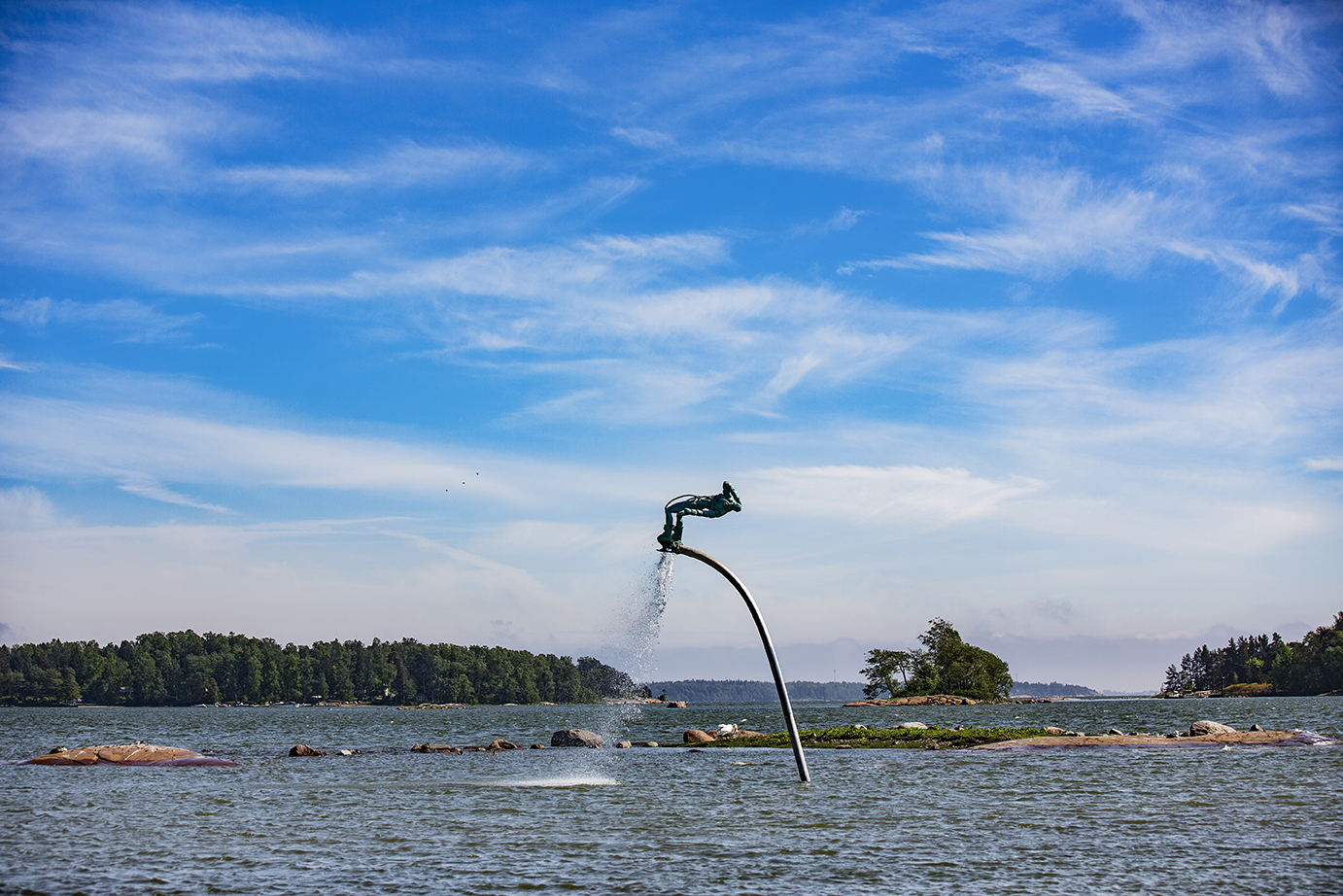Municipalities, regions and the state are significant commissioners of public art and consequently important sponsors of artists.


The most common source of funding for public art – the One Percent Rule – was introduced in Sweden in the 1930s, with the aim of making art available to a wider segment of the population and to strengthen the living and working conditions of artists. Similar measures had been adopted in Belgium, France, Germany, the United States and Austria. The One Percent Rule is still the most common form of funding public art, also internationally.
On these pages you can read more about how the One Percent Rule has been applied by the state historically and how it is applied by municipalities and regions today. For example, the 2018–2020 government commission “Knowledge Hub Public Art” aimed to increase knowledge of public art as a part of land-use planning and building. The commission included some forty collaborative projects with municipalities, regions and actors in the field of art.
The Largest Commissioners of Public Art
Who are the largest commissioners of public art? Among the municipalities, they are: Gävle, Göteborg, Linköping, Stockholm, Uddevalla, Uppsala and Örebro.
Among the regions: Stockholm, Uppsala and Region Kalmar län.
The largest state commissioners are the government-owned Akademiska Hus and the government agency the Swedish Transport Administration, in collaboration with Public Art Agency Sweden.